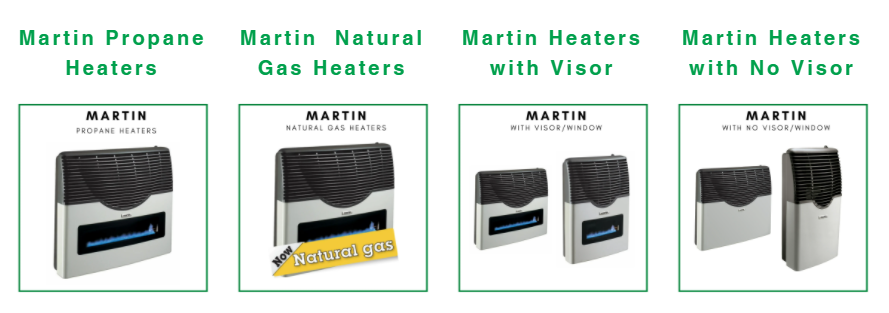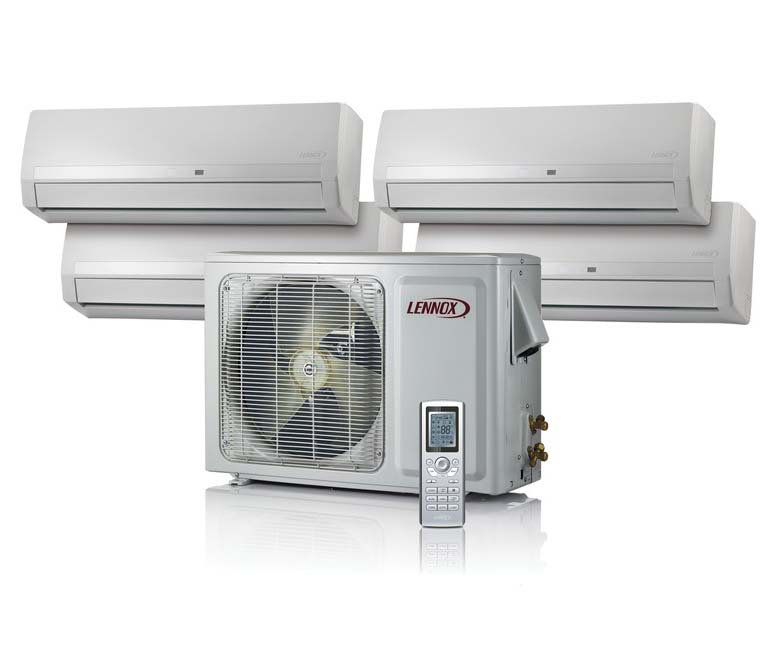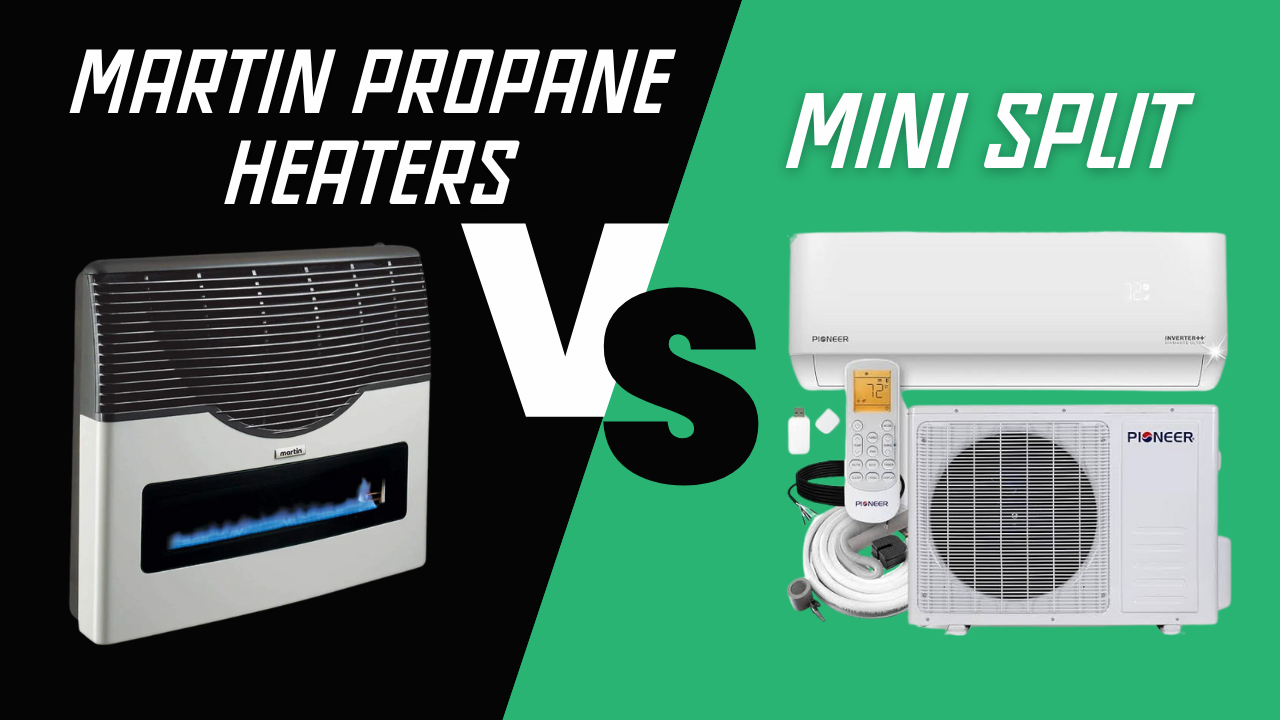Your Cart is Empty
Call, Text or Chat Mon-Friday 10AM-5PM CST : 1-844-WILDOAK
Menu
-
- Deals & Promos
- Homesteading
- Living Off The Grid
- Off Grid Toilet
- Composting Toilets
- Incinerating Toilet
- Chicken Coops
- Greenhouses
- DIY Shed Kits
- Barndominium Kit
- Garage Kits
- Poultry Processing
- Dog Kennels
- BeeKeeping
- EMP & Signal Protection
- Emergency Food Kits
- Freeze Dryers
- Solar Generators, Panels and Batteries
- Solar Fridge & Freezers
- Propane Wall Heater
- Water Filtration
- Coolers and Cooking
- Gazebos
- Portable Sauna
- Camping Cot
- Hunting Blind
- Canvas Tents
- Prepping
- Overlanding Gear
- Composting Toilets
- Solar Generators
- Brands
- Chicken Coop Brands
- Composting Toilet Brands
- Solar Brands
- Food Storage Brands
- Freeze Dryer Brands
- Water Filtration Brands
- Incinerating Toilet
- Dry Flush Toilet Brands
- Waterless Toilet Brands
- Heater Brands
- EMP Shield Brands
- Tent Brands
- Cot Brands
- Cooler Brands
- Stove & Grill Brands
- Dog Kennels
- Greenhouse & Gazebo Brands
- Portable Saunas
- DIY Shed Kits
- About Us
- Resource Center
- The Ultimate Prepper & Emergency Survival Blog - Includes Free eBook
- Beginners Guide to Living off The Grid - Includes Free eBook
- Building Your Own Emergency Food Supply
- Best Survival Food to Be Prepared for Anything
- Berkey Lab Tests & Certifications
- Federal Solar Tax Credit - What You Need to Know
- BLOG
-
- 1-844-945-3625
- Login

Call, Text or Chat Mon-Friday 10AM-5PM CST : 1-844-WILDOAK
Martin Propane Heaters vs. Mini Split: Which is Better?
by Patricia Turla 8 min read
As winter sets in and temperatures plummet, finding the perfect heating solution becomes essential to keep our homes warm. The traditional wood stove and fireplace have a nostalgic appeal, creating a cozy atmosphere reminiscent of simpler times.
However, with the advent of modern technology, newer systems like a Martin Propane Heater and mini split heat pumps have gained popularity. Choosing between the two depends on your specific needs and circumstances, as different environments have unique requirements.
Summary
What is a Direct Vent Propane Heating System?
A direct vent heater uses propane to generate heat, expelling combustion gases outside.
What is a Mini Split Heat Pump and System?
A mini split system provides heating and cooling without ductwork, ideal for zoned temperature control.
Direct Vent Propane Heater vs Mini Split Heating System
Propane heaters offer intense heat and easier installation, while mini splits are more efficient, cost-effective, and compatible with renewable energy.
Which is Better for Your Home?
Martin heaters are best for rural areas and homes with propane tanks, while mini splits suit ductless homes and those seeking energy efficiency and zonal heating.
What is a Direct Vent Propane Heating System?

A direct vent heater is a heating system that uses propane as a fuel source to generate heat. Unlike traditional forced air systems, these heaters use a direct vent to expel combustion gases outside, ensuring indoor air quality and safety.
Features and Functionality of Martin Propane Heaters
Some key features include:
-
High Efficiency: These heaters are designed to maximize heat output while minimizing fuel consumption, making them cost-effective and eco-friendly.
-
Durable Construction: Built with high-quality materials, Martin Propane Heaters are designed to withstand harsh conditions and last for many years.
-
Safety Features: Equipped with automatic shut-off systems and oxygen depletion sensors, these heaters prioritize safety.
-
Low Maintenance: Simple design and durable components mean these heaters require minimal upkeep.
Advantages of Martin Heaters
The benefits of having Martin as a heating source for your entire house include:
-
Cost-Effectiveness: Provides substantial heat output relative to the fuel consumption, making these heaters a cost-effective choice. Propane is often cheaper than electricity, leading to lower energy costs in the long run.
-
Reliability and Durability: Martin propane heaters ensure to withstand continuous use in various conditions, offering reliable performance year after year.
-
Ease of Installation:Unlike central air systems or ductless mini splits, Martin Propane Heaters are relatively easy to install and allow flexible placement.
Disadvantages of Martin Heaters
Some drawbacks:
-
Dependence on Propane Supply: Reliance on a steady propane supply is a major disadvantage in areas where propane deliveries are not regular or in emergency situations.
-
Potential for Higher Operating Costs:While propane is cheaper than electricity, the operating cost fluctuates depending on propane prices. In some cases, especially in areas with high propane costs, operating a propane tank heater is far more expensive than natural gas.
-
Emission Concerns and Ventilation Requirements: Propane heaters do produce emissions, which need to be vented outside. Additionally, in regions with strict emission regulations, propane heaters might not be the most environmentally friendly option.
What is a Mini Split Heat Pump and System?

A mini split heat pump is a heating and cooling system that doesn’t require ductwork. Unlike a traditional forced air system, a mini split uses an outdoor unit connected to one or more indoor units to distribute conditioned air directly into different zones of your home. Such a setup is ideal for both heating and cooling.
Explanation of Mini Splits and Heat Pumps
Mini split systems consist of two main components: an outdoor compressor/condenser and an indoor air-handling unit.These systems are ductless, which means they don’t rely on a network of ducts to deliver air. Instead, mini splits use refrigerant lines to transfer heat between the indoor and outdoor units.
Heat pumps are devices that move heat from one place to another. In the winter, they extract heat from the outside air (even in cold climates) and bring it inside. During summer, the process reverses, and the heat pump acts as an air conditioner by removing heat from your home.
Components of Minis Splits
-
Outdoor Unit: The outdoor unit houses the compressor and condenser. It absorbs heat from the outside air in heating mode and releases heat to the outside in cooling mode.
-
Indoor Unit: The indoor unit, often wall-mounted, delivers conditioned air directly into the room. Each unit can be controlled independently, allowing for customized comfort in different zones.
-
Refrigerant Lines: These lines connect the outdoor and indoor units, carrying refrigerant that absorbs and releases heat as it circulates.
-
Remote Control or Thermostat: Allows you to set and adjust the temperature and other settings for the indoor unit.
Advantages of Mini Split
Below are the advantages of minis splits:
-
Energy Efficiency and Environmental Benefits: By avoiding the energy losses associated with ductwork, these systems reduce your heating and cooling costs. Additionally, many mini splits use advanced inverter technology, which adjusts the compressor speed to maintain the desired temperature, using less energy than traditional systems.
-
Flexibility in Installation and Zoned Heating/Cooling:Without the need for extensive ductwork, mini splits can be installed in a variety of locations. The zoned heating and cooling capabilities allow you to heat or cool only the rooms you use, further enhancing energy savings and comfort.
-
Quiet Operation and Better Air Quality Control:Mini splits operate quietly compared to a traditional forced air system and window unit. The indoor units are designed to run at low decibel levels, ensuring a peaceful environment. Furthermore, mini splits often come with advanced filtration that improves indoor air quality by removing dust, allergens, and other pollutants.
-
Integration with Smart Home:Modern mini split allows you to control your cooling and heating from your smartphone or other devices.
Disadvantages of Mini Split
The mini split also comes with disadvantages like:
-
Higher Initial Cost and Installation Complexity:While mini split offers many benefits, they do come with a higher upfront cost compared to traditional heating systems. The installation process may also require professional expertise to ensure proper setup and operation.
-
Aesthetic Concerns with Indoor Units: Some homeowners may find the appearance of indoor units to be less appealing than traditional heating systems.
-
Need for Professional Maintenance and Repair: To keep a mini split system running efficiently, regular maintenance by a professional is necessary.
Direct Vent Propane Heater vs Mini Split Heating System

Below is the comparison of the two heating systems in terms of efficiency, installation and maintenance, cost analysis, and environmental impact.
Heating Efficiency (BTUs, COP)
Propane heaters can deliver a significant heating load, making them ideal for quick, intense heating. Mini split boasts a high coefficient of performance (COP). Heat pumps in mini splits use less energy to produce more heat, translating to lower energy bills and more efficient operation.
Energy Bills and Long-Term Savings
Mini split systems, running on electricity, can lead to lower operating expenses due to their high efficiency. However, this largely depends on local electricity rates. Martin heaters might have higher costs but offer savings if propane gas is inexpensive in your region.
Installation
Installation of Martin heaters is simple, often effortless as a DIY project if you’re handy. However, ensuring proper venting might require a professional touch. The mini split usually requires professional installation due to the complexity of setting up the indoor and outdoor units, refrigerant lines, and ensuring proper air sealing.
Maintenance Requirements and Costs
Maintenance for Martin heaters involves regular checks of the propane tank, venting system, and burner. These heaters require less frequent servicing but need a reliable supply of propane. Mini splits require more regular maintenance, including filter cleaning or replacement, refrigerant checks, and occasional servicing of the indoor and outdoor units. Although the maintenance for mini splits can be more frequent, it tends to be less costly in terms of parts and labor.
Initial Purchase
The initial cost of purchasing and installing direct vents is generally lower than a mini split system. Propane heaters, including installation, cost anywhere from $1,000 to $3,000. Mini splits, with advanced technology and dual functionality, can range from $3,000 to $7,000, including professional installation.
Return on Investment (ROI) and Payback Period
When considering ROI, mini splits often present a quicker payback period due to their energy efficiency and dual heating/cooling capabilities. The energy savings over time can offset the higher upfront costs. Direct vents offer a slower ROI, but in areas where propane is cheap, these heaters can be a cost-effective solution over the long term.
Emissions and Carbon Footprint
Martin heaters emit carbon dioxide, contributing to greenhouse gas emissions. However, they are generally cleaner than coal or oil heat. Mini split, running on electricity, can have a lower carbon footprint, especially if powered by renewable energy sources.
Renewable Energy Compatibility
A mini split is highly compatible with renewable energy sources. When paired with solar panels or wind energy, these heaters can significantly reduce your carbon footprint and energy costs. Direct vent heaters, while less adaptable to renewables, can still be part of a mixed system that includes renewable sources for other home energy needs.
Which is Better for Your Home?
There are factors to consider to identify which heating system is better for your home, such as:
Assessing Your Needs
By carefully assessing your needs and exploring different scenarios, you can select the heating system that ensures warmth, comfort, and energy efficiency for your home.
-
Home Size: Larger homes may benefit from a comprehensive central air system, while smaller spaces can be effectively heated with direct vents or mini splits.
-
Climate: The climate in your region greatly influences your heating needs. In a cold climate, systems that provide consistent heat, like propane heaters or hybrid solutions, are essential. Mini splits, particularly those with heat pump technology, are ideal for milder climates and can offer both heating and cooling year-round.
-
Existing Infrastructure: Evaluate the current heating infrastructure in your home. For homes without existing ductwork, ductless mini splits can be a more straightforward and less invasive option.
Best Scenarios for Martin Heaters
Martin heaters are ideal for:
-
Rural Areas: Where natural gas lines are not readily available, and propane is a more accessible fuel source.
-
Supplementary Heating: Excellent as a backup heating source in case of power outages, providing reliable heat when needed.
-
Homes with an Existing Propane Tank: If your home already has a propane tank setup, installing a Martin heater can be cost-effective.
Best Scenarios for Minisplits
Mini splits shine in scenarios such as:
-
Ductless Homes: Perfect for homes without existing ductwork.
-
Energy Efficiency: Great for homeowners looking to reduce energy charges and increase efficiency.
-
Zonal Heating: Excellent for homes where different rooms require different temperatures. Mini splits allow for precise temperature control in each zone.
Making Your Decision
When choosing between direct vents and mini splits, consider your home’s size, climate, existing infrastructure, and personal preferences. Both have unique advantages, and the best choice will depend on your specific needs and circumstances.
-
Martin Heaters: Ideal for cold climates and off-grid living.
-
Mini Splits: Perfect for mild climates, energy efficiency, and homes without ductwork.
Stay warm and cozy this winter with the right heating solution for your home!

Have any questions or would like to place an order? We'd love to help! Chat with our friendly customer service team by calling 1-844-945-3625, chatting in on our website or email us at customersupport@wildoaktrail.com. We look forward to hearing from you!
Leave a comment
Comments will be approved before showing up.
